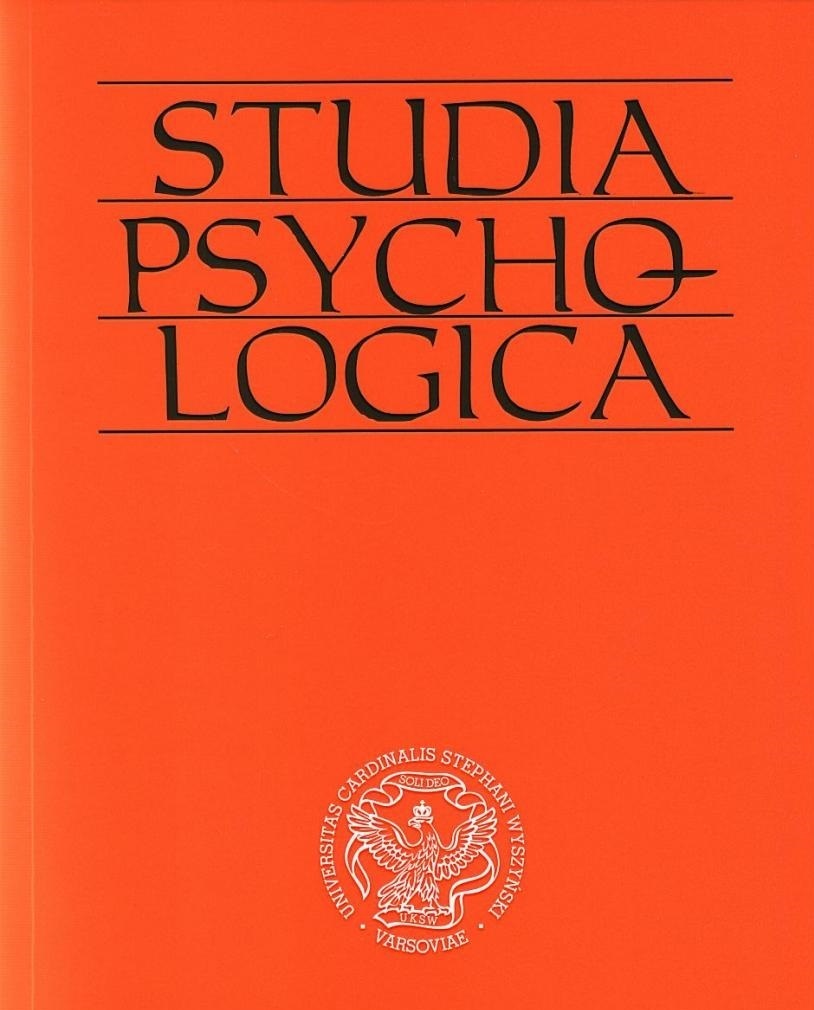ZASTOSOWANIE ANALIZY KONOTACYJNEJ ERNESTA BOESCHA DO INTERPRETACJI OBRAZU RAFAELA SANTI „ADAMA I EWA - GRZECH PIERWORODNY”
Application of Ernest Boesch’s connotation analysis to the interpretation of Rafael Santi’s picture “Adam and Eve – original sin”
Author(s): KAMILA GUTOWSKA, Magdalena Pietrzak, Andrzej PankallaSubject(s): Psychology
Published by: Wydawnictwo Naukowe Uniwersytetu Kardynała Stefana Wyszyńskiego w Warszawie
Keywords: Ernest Boesch; Connotation Analysis; Symbolic Action Theory; phantasm; myth; Rafael Santi
Summary/Abstract: The Symbolic Action Theory (SAT) has been created by a Swiss psychologist Ernest Boesch and it contains a not very well known method called Connotation Analysis (CA) with its original concepts of conspiracy/interrelations of myths and phantasms. The SAT is closely related to a possibility of an interpretation of a concrete person’s spiritual identity. Boesch assumes that myths, being the commonly known symbols, are interpreted by people as the individual phantasms referring to their system of values and beliefs. The connection of myths and phantasms is presented based on Rafael Santi’s character and masterpiece. The main objective of the article is to interpret Santi’s masterpiece using the method of Connotational Analysis. It assumes that by translation of cultural myths and symbols contained in Santi’s picture: “Adam and Eve - The Original Sin” into the author’s individual phantasms, we can reach the spiritual sphere expressed in the work and present in his creator’s identity. The rich religious symbolism of the painting in the context of Santi’s biography maybe analysed in the terms of Boesch’s method.
Journal: Studia Psychologica: Theoria et praxis.
- Issue Year: 14/2014
- Issue No: 1
- Page Range: 15-26
- Page Count: 11

